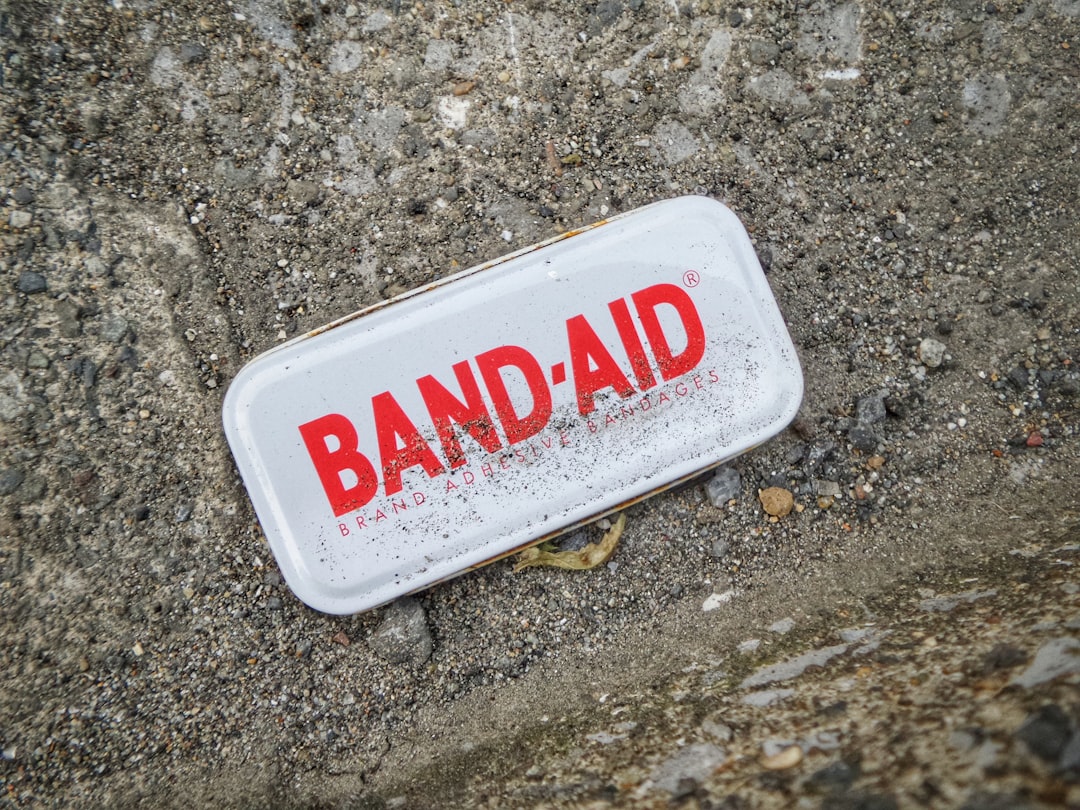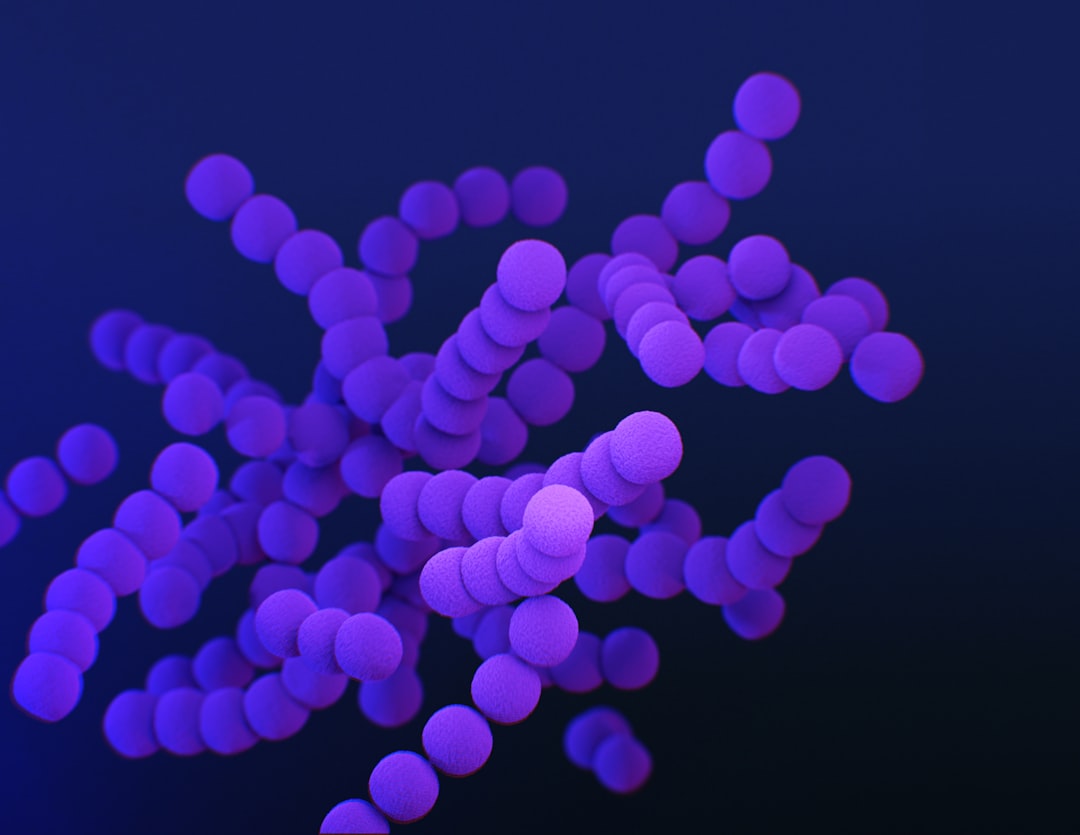What is it about?
Poly(p-xylylene) (Parylene C) coatings have been applied in implantable electronic devices because of their electrical insulation and moisture barrier properties. To provide lubrication and an antibiofouling surface, a biomimetic phospholipid polymer – poly(2-methacryloyloxyethyl phosphorylcholine (MPC)) – was grafted from the surface using UV irradiation with benzophenone as an initiator. The poly(MPC) grafting on the Parylene C films was confirmed by attenuated total reflection-Fourier transfer inflated irradiation, X-ray photoelectron spectroscopy and ellipsometry. These analyses indicated that the Parylene C films were completely covered by the poly(MPC)-graft layer with an average thickness of 140 nm under dry condition. The atomic force microscope (AFM) images revealed that the poly(MPC)-graft chains extended under wet condition. However, they formed globular structures under dry condition. Water contact angle measurements revealed a decreased receding angle of 29.5° on the poly(MPC)-grafted surface with a high hysteresis of 41.4°. These results indicate that the poly(MPC)-graft chains gain mobility in a wet environment. The average kinetic friction coefficient of the poly(MPC)-grafted surface in water was 0.018, which was 90% lower than that of the original surface. The in vitro single protein adsorption reduced by over 70% due to the poly(MPC) grafting. The hydrated poly(MPC)-graft chains are considered to provide lubrication and antibiofouling properties. The surface zeta potential measurement clarified the electroneutrality of the poly(MPC)-grafted surface. We concluded that the poly(MPC) grafting from the Parylene C layer significantly improved its surface properties and, subsequently, its biological properties.
Featured Image
Read the Original
This page is a summary of: Photoinduced phospholipid polymer grafting on Parylene film: Advanced lubrication and antibiofouling properties, Colloids and Surfaces B Biointerfaces, January 2007, Elsevier,
DOI: 10.1016/j.colsurfb.2006.09.006.
You can read the full text:
Contributors
The following have contributed to this page










